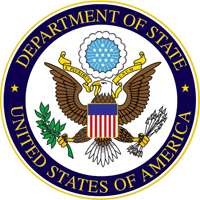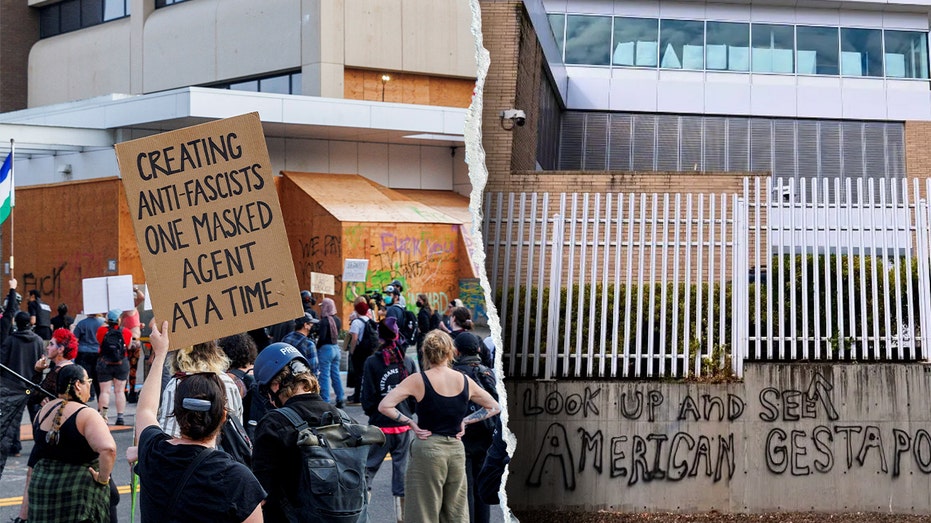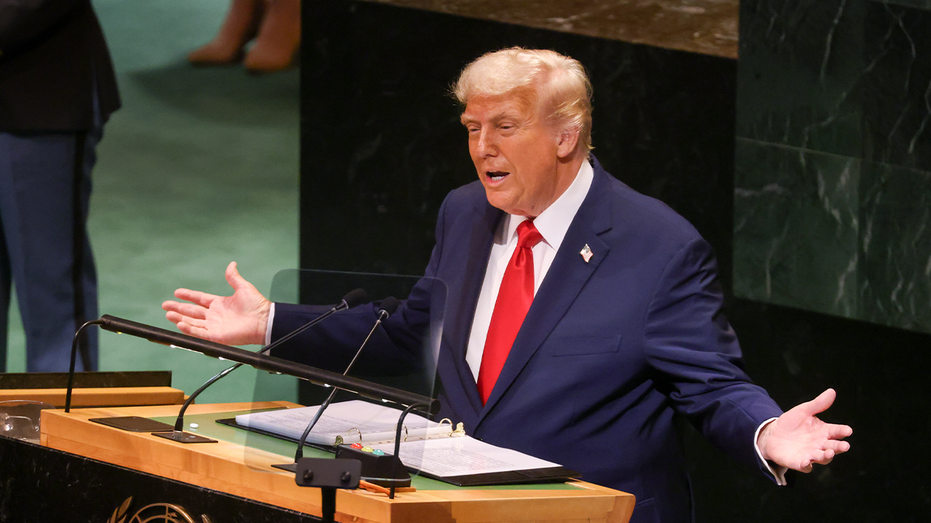Trump wants to knock prescription drug ads off of your TV (and billions out of news companies’ pockets)

Of all of the Trump administration’s policy initiatives, this might be the one with the widest base of non-MAGA support. On Tuesday, the White House announced that it planned to make it much more difficult — likely impossible — for pharmaceutical companies to advertise their drugs on TV.
You see, until 1997, drug companies were required to include massive amounts of information about a drug’s potential side effects and risks in any ads for it. The amount of information required could fit in, say, a full-page magazine ad — but it was far too much to squeeze into a 30- or 60-second TV spot. That meant pharmaceutical ads were, while not banned, almost unheard of on television. But that year, the Food and Drug Administration changed its rules to let drug companies include only a “brief summary” of the biggest risks.
That move birthed an advertising boom for the ages. In 1996, the year before standards were loosened, drug advertising in the United States totaled $600 million (about $1.2 billion in today’s dollars). In 2024, that number was $10.1 billion. In the first five months of this year, drug ads accounted for 24% of all ads on evening network and cable newscasts. (The upside to an aging audience, one supposes.)
Trump wants to roll back to the old rule, again mandating that exhaustive list of risks — which would make TV advertising all but impossible again. It’s a very reasonable idea. The United States is one of only two countries to allow prescription drug ads on TV. (Hello, New Zealand!) Few people would miss the erectile dysfunction ads, or trying to guess what storehouse of digital surveillance data made YouTube decide you’re the perfect target for eczema treatment. One poll in June found 75% of Americans support restricting drug ads on TV.1 It’s also a rare issue that isn’t especially partisan. And drug ads may be growing less effective as media habits change. In 2015, a survey found that 31% of Americans had talked to their doctor about a drug they’d seen an ad for. A KFF poll earlier this year found that number had dropped to 18%.
But still, we’re talking about a huge amount of ad revenue — disproportionately focused on news programming! — that could just…go away.2 Drug ads account for 13% of all national network ad revenue. Collectively, they generated $2.7 billion in revenue for ABC, NBC, CBS, and Fox, and if it suddenly disappeared, you could expect the resulting budget cuts to disproportionately target news.
Last fall, I wrote about all the proposals in Project 2025 that could have a major impact on journalism — a collection of retreads from the first Trump administration and longstanding conservative wish lists. One of the eight proposals I highlighted was, in fact, a ban on TV drug advertising. Since then, most of the eight have graduated from idea to federal policy. By my count, five have been put into effect. Two are still in progress but almost certain to happen. The last one is technically unlikely — but has also already been accomplished in spirit. Here’s the depressing rundown.
Make it easier to seize journalists’ emails and phone records.
Done. In April, Attorney General Pam Bondi ended a Justice Department policy that prevented federal prosecutors from subpoenaing and seizing records from reporters except in the most extreme circumstances. (They got plenty of practice in doing that during the first Trump administration.)
Kill funding for NPR, PBS, and public broadcasting.
Done. In July, Trump convinced Congress to rescind $XX billion in already-approved funding for the Corporation for Public Broadcasting, forcing it to shut down completely and gutting the budgets of the system’s poorest stations.
Put Voice of America under the president’s command — or shut it down entirely.
Done. In March, Trump signed an executive order essentially shutting down Voice of America (or, as the White House calls it, “Voice of Radical America”) by putting all staff on administrative leave. A federal judge issued an injunction to stop Trump, but his VOA head Kari Lake has gone ahead and cleaned house anyway, laying off 1,400 of its 1,650 staff — keeping the remainder only because federal law requires it to have at least 250 employees. The Voice of America website is still up — with a lead story dated March 15.
Consider booting reporters out of the White House.
Done. In February, the Pentagon announced it would “rotate” the media outlets that can have a workspace there. Out: NPR, NBC News, Politico. In: Breitbart, OANN, and the New York Post. That same month, the White House unilaterally decided it would get to pick which reporters cover the president. The White House banned the AP from access to Trump because he didn’t like that it calls the Gulf of Mexico the Gulf of Mexico. Then, when a Trump-appointed federal judge said he couldn’t do that, he instead banned all wire services from the White House pool. The White House briefing room hasn’t been shut down, but it has been turned into an assemblage of MAGA podcasters, bloggers, and acolytes who preface their questions like: “President Trump looks healthier than ever before. I’m sure everybody in this room could agree.”3
Punish former officials who speak to reporters.
Done. In August, Director of National Intelligence Tulsi Gabbard (still a weird thing to type) rescinded the security clearances of 37 current and former intelligence officials because they had spoken to reporters. (Or, as she framed it, “politicizing and manipulating intelligence” and “leaking classified intelligence without authorization.”) That was only the latest round of rescissions targeting those Trump considers responsible for negative press coverage.
Remove restrictions on media ownership consolidation.
In progress. The Federal Communications Commission announced yesterday that it will begin the process of killing (er, “modernizing”) rules that currently prevent giant media companies from owning too many TV stations in a given market. Given that FCC chairman Brendan Carr literally wrote this proposal for Project 2025, I think we can expect that to happen as soon as the regulatory calendar allows it.
Eliminate Section 230 protections.
In progress. (You can’t get to everything, you know.) In April, administration officials held a big conference to advocate Section 230 “reform” as the way to deal with the “Big Tech censorship” they claim conservatives face. Carr pledged to “push the envelope on Section 230 reform” and “smash the censorship cartel,” saying tech companies should face legal action by the federal government when it takes down content the administration likes. Federal Trade Commission chairman Andrew Ferguson endorsed a currently blocked Florida law Ron DeSantis said was designed to protect “our freedom of speech as conservatives” and issue fines of up to $250,000 a day for moderation decisions the government doesn’t like. Odds are this is gonna happen, folks.
Ban TikTok.
On pause and unlikely — but accomplished in spirit. TikTok was set to be banned on January 18, and the network did shut down for a few hours. But Trump said he’d offer a 90-day extension to allow the app to be sold by China-based ByteDance to new owners of Trump’s choice, like maybe Elon Musk, or else Larry Ellison — literally the two wealthiest human beings in the history of the species. It was early evidence of his newfound love of industrial policy and his longstanding interest in cronyism. One 90-day extension became three (and likely soon four). The national security panic about devious Chinese influence turned out to be mostly about kids supporting the Palestinians; Trump now calls the worries “highly overrated” and joined the platform himself in June. So while TikTok will almost certainly not be banned, it will be sold to whichever billionaire Trump thinks can most help his cause.
- Though that poll was commissioned by something called the Pharmaceutical Reform Alliance that pushes “Big Pharma” to lower drug prices. They don’t disclose anything about their leaders or donors on their website; I’d bet five bucks it’s funded by Big Insurance, Big Hospital, Big Pharmacy Benefit Manager, or some other industry sector that would benefit from lower drug prices.
- The pharmaceutical business will certainly fight such a near-ban in court, arguing it violates their First Amendment rights.
- That one was from a “correspondent” for Lindell TV, the streaming service of the MyPillow guy.
What's Your Reaction?
 Like
0
Like
0
 Dislike
0
Dislike
0
 Love
0
Love
0
 Funny
0
Funny
0
 Angry
0
Angry
0
 Sad
0
Sad
0
 Wow
0
Wow
0


































































